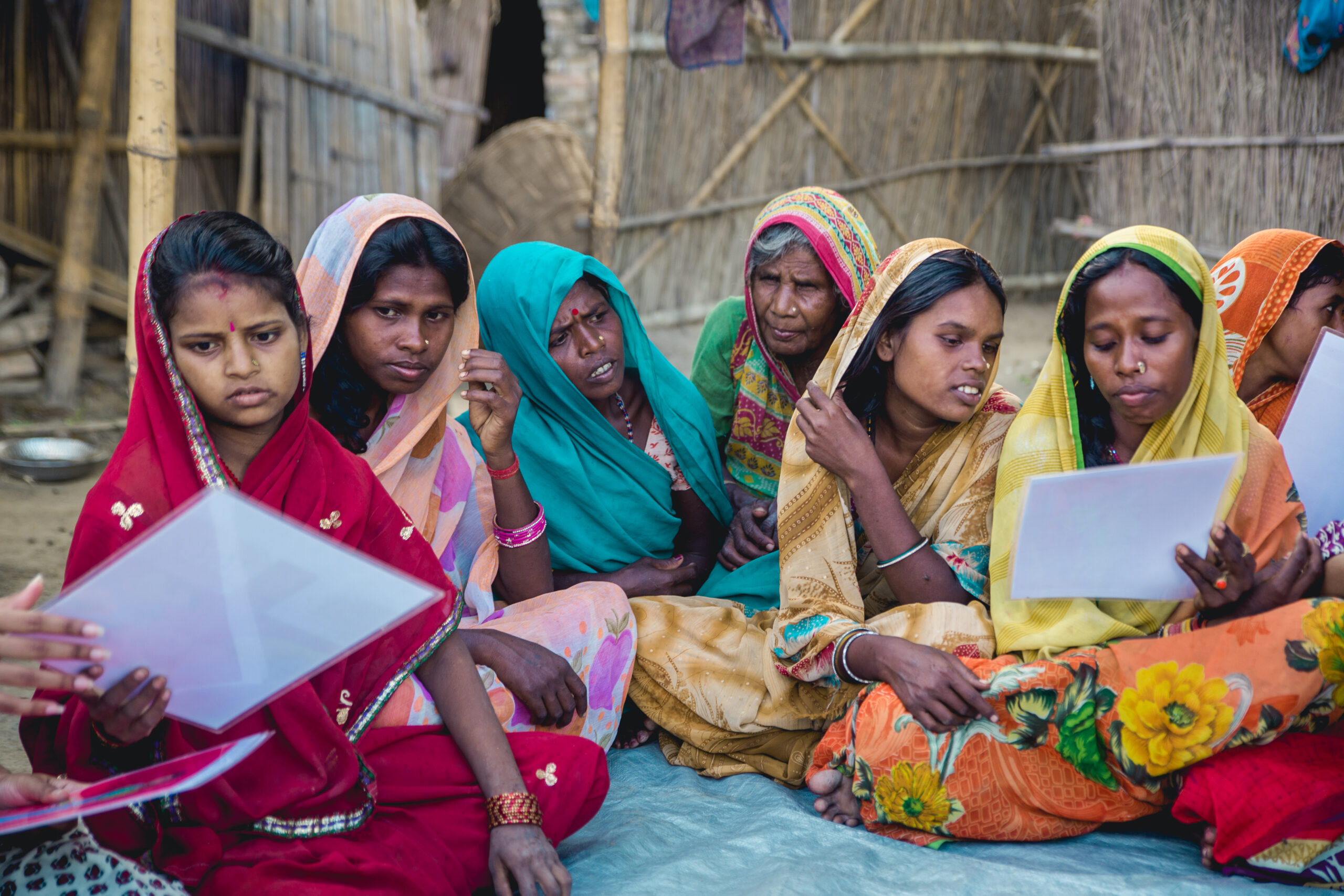I had an insightful conversation with our organisation’s—Innovators in Health—driver last month. He was going on a leave to finish some paperwork the next day. The High Court in Bihar had reiterated a judicial order by the Supreme Court of India with explicit instructions to executive for upholding it. The erstwhile tutors employed by the government of Bihar to promote literacy had been demanding their promised government jobs. They had been successful but the bureaucracy thought otherwise. Starting at a Session Court, the petition had went through multiple judiciary levels for many difficult years. Of course, it had been a long journey, perhaps a decade or so.
Right now, the driver has been on the job at the organisation for the past few years; it pays decently and takes care of his children’s education. Why was he after the government job then? Was it the usual charm of a comfortable job? Was the apparent safety of such a job a cultural construct? I decided to explore.
At our organisation, we have tried to promote equality amongst members. The functional roles are divided into managers, Panchayat coordinators (PC), and ASHA coordinators (AC). The AC also double up as Accredited Social Health Activist (ASHA; Hope in Hindi) under the National Health Mission. An ASHA looks after the health and health programs in a population of around 1000 each. We work with them as our initiative to strengthen public health system. However, ASHA is an incentive-based worker given a set amount for certain activities, like, number of children immunised. Monthly wage by the organisation—₹5000—for their work ensures financial security, though it is moot since they would earn more as an ASHA—₹10,000 a month at times, primarily from support towards institutional delivery.
The driver’s decision hinged on two facets: job security and wage.
The organisation promises job security till its own survival and pays a decent wage. A government job offers security, perks, and three times the pay. With a wife, five children, and an extended family to take care of, the government job is the more sensible choice. He made the obvious choice. He has deposited the meticulously prepared document with a hope of landing the job in the next few years. He hasn’t lost hope yet. A few interesting aspects on the nature of the complete judicial and executive process stuck me.
First, and it goes without saying, the strength was in the collective—people who rallied together, amassed support, attended courts, bore the brunt of executive lathi for demanding their entitlement. Second, a few active leaders emerged during the process who galvanised the movement. Third, they collected the money amongst themselves, hopeful that it would pay for a better future. Strikingly, all the three would be as appropriate in a board room as a village hamlet.
Once, while crossing the rail tracks, a gentleman working with the Indian railway had emphasised that it is only because of a gangman’s effort that trains run without accidents. A gangman in the railway has the responsibility of tending to tracks on a particular stretch. Incidentally, a gangwoman is still an oddity. They ensure integrity of the joints and steel to maintain flawless operation. Often, the gangman would need to walk few kilometres each day irrespective of the weather. It is exhausting manual work. I do not deny the importance of this important cog in ensuring smooth operations of railways, but I could not overlook the pink hue of the gentleman’s statement.
The romanticising of manual labour is an intensive exercise we indulge in daily. For example, eulogising construction crews’ muscle strength as a result of lifting bricks on their head. Another set of railway workers push manual wagons while running on the slim tracks. The engineer sits comfortably on the wagon while workers take turn to push this cart to distances over 20kms in sweltering sun. Yet another worker tends to the human excreta on railway tracks at stations. I can only imagine what they are paid.
The Asha coordinators at our program walk close to 15kms daily on foot while they fulfil various responsibilities. The responsibilities range from immunisation to administration of tuberculosis drugs and only increase with each passing day. One day a colleague passed a remark that the organisation was doing a favour by employing them; “ehsaan kar rahi hai sanstha aap par”. Why did he say this? Is it because these ACs are all women with little opportunity to work in a remote town of Bihar? Is it because he thinks that they are doing a shoddy work which they—all men—would have done better any day?
Throughout these experiences, a common thread emerged. How do you decide what to pay someone? We chose an easy way out by studying government’s incentive structure, but they are exploitative. How do you decide if a driver should be paid 5000 or 10000? Is the standard daily wage a perfect metric? To contrast, a collective thought that emerged amongst my colleagues was that we are—and, yes, we are—involved in social work and that the ACs should understand this as an equal service to the community, a community to which they themselves belong to. An indirect currency would be the social capital and recognition they would accrue over the years.
But, it is just toeing the line of exploitation because one is in a stronger position as an employer with hundreds of other capable women ready to take up the job—another argument I often hear on maximising productivity. The indirect currency is called indirect for a reason; it doesn’t pay the family’s bills. However, the ability to pay a manger twenty times the amount ACs are paid is preposterous considering that they are also, after all, involved in social work. An argument could be that they are taking lesser than their previous jobs, but is it half like an AC.
The horizontal pay gap plays out with gender too. Women are usually paid lesser than men for the same job because it is culturally acceptable. Perhaps that the cheque book is mostly signed by men contributes to it.
It may shock you, but it happens frequently in places one wouldn’t expect, like, plush coding jobs where a woman has superb skills and years of experience under her belt. Is it because we have acclimatised to the inherent gender inequity in our society? Is it because we have started justifying the irrational superiority of work done by men? Is it because we choose to remain shush on how much we are paid?

Tushar gets a stipend of ₹15,000 each month at Innovators In Health.




0 Comments